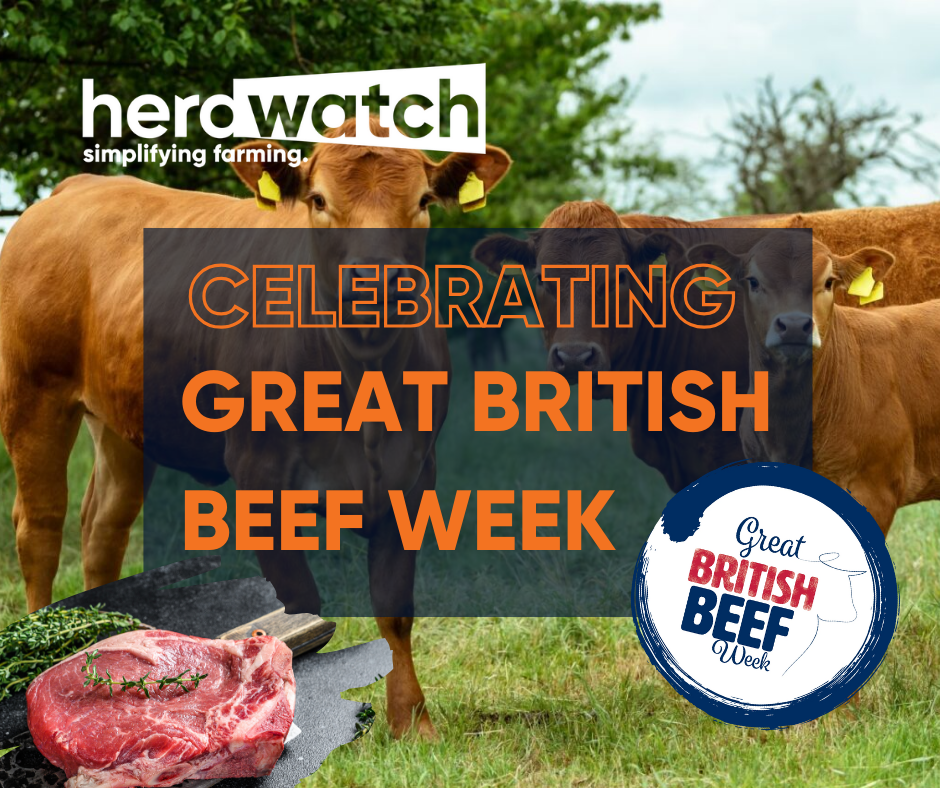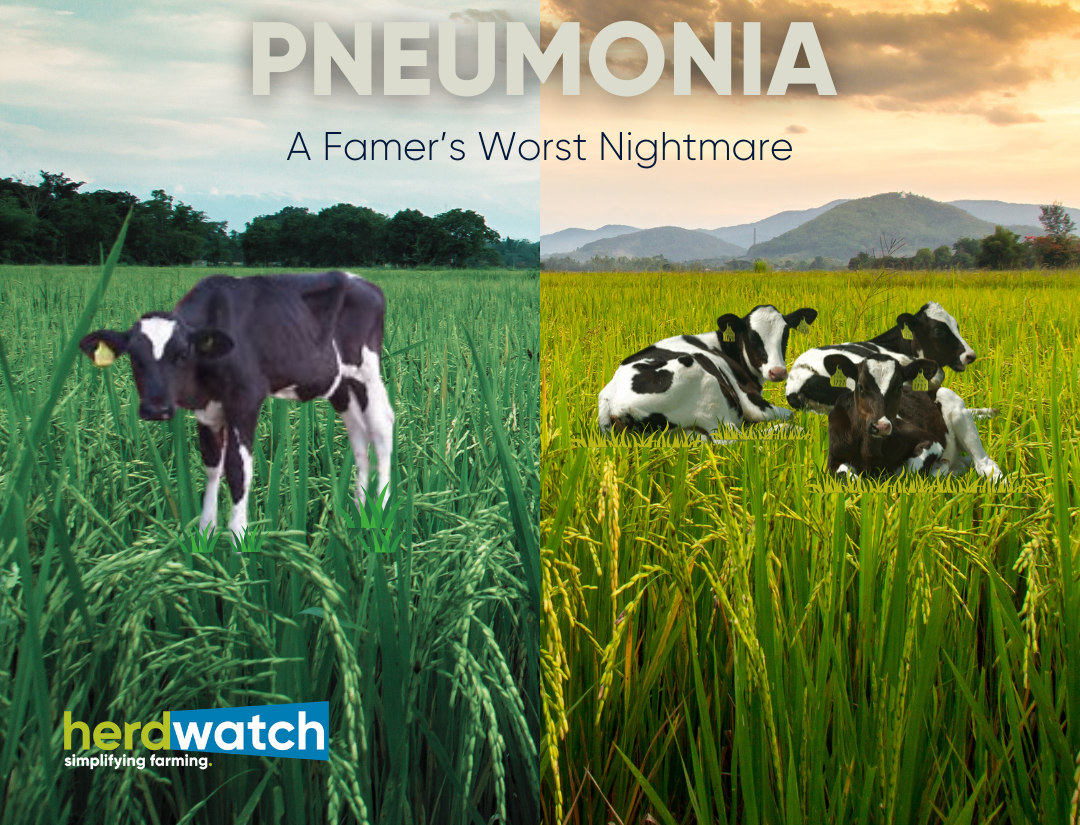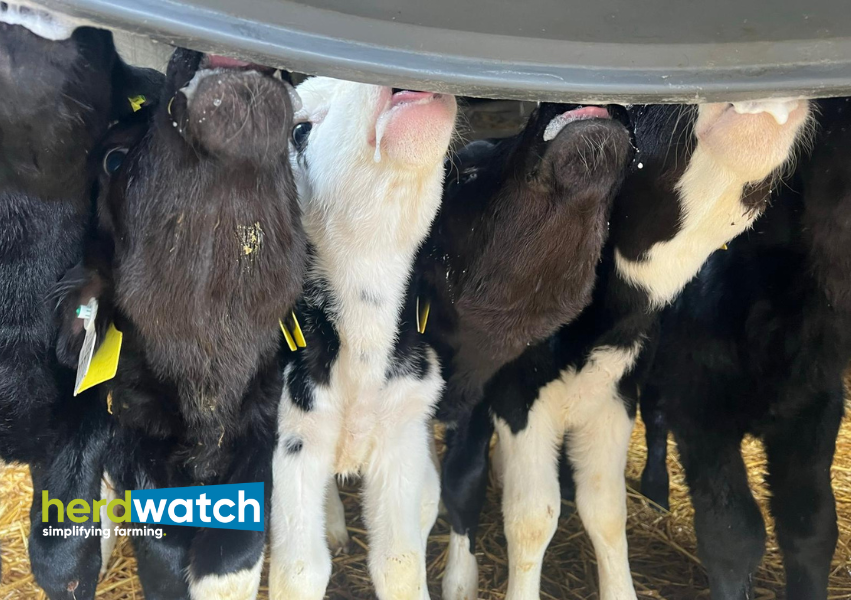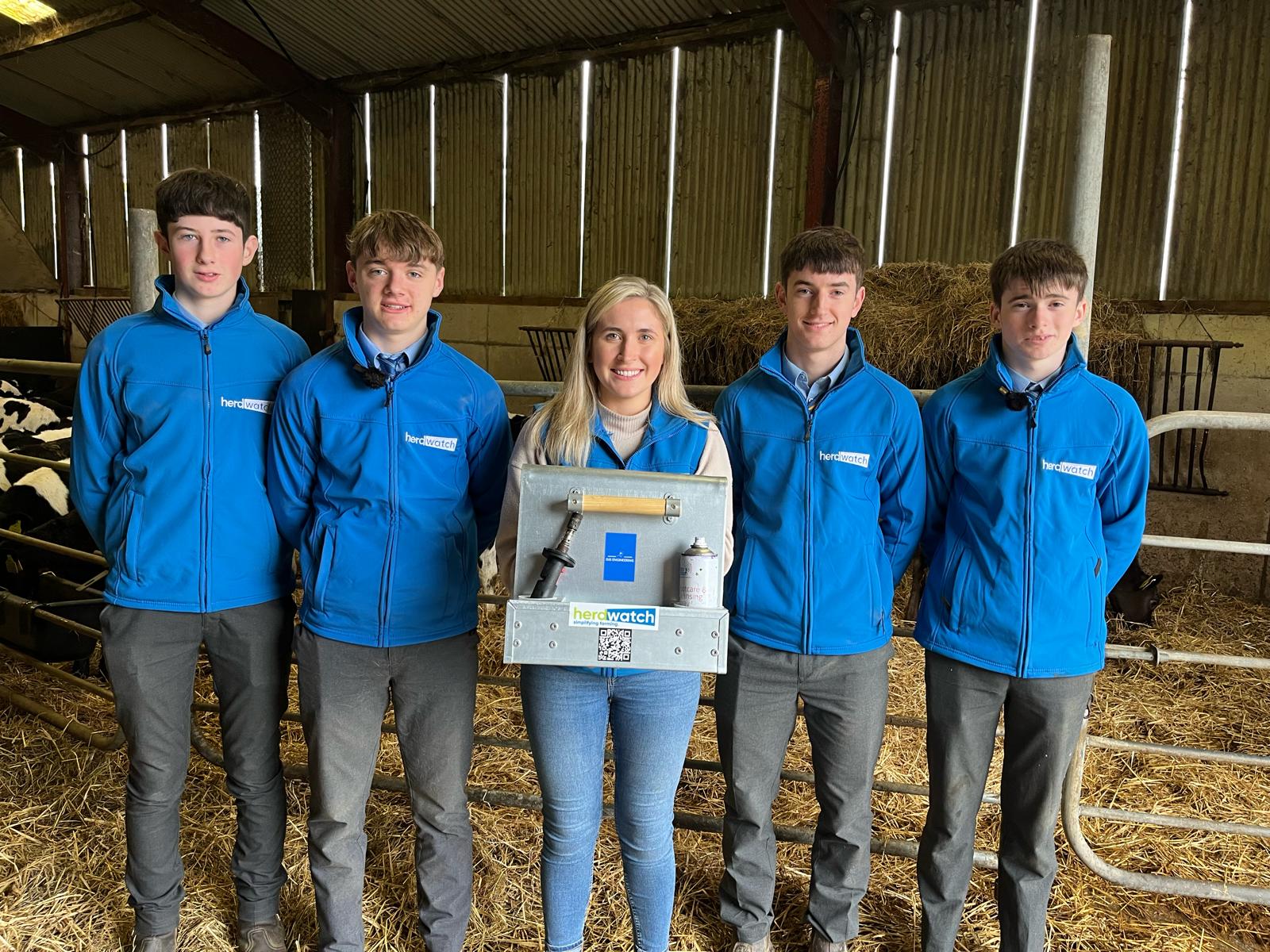Spring Calving Series – FREE Calving Checklist & Top Calving Preparation Tips
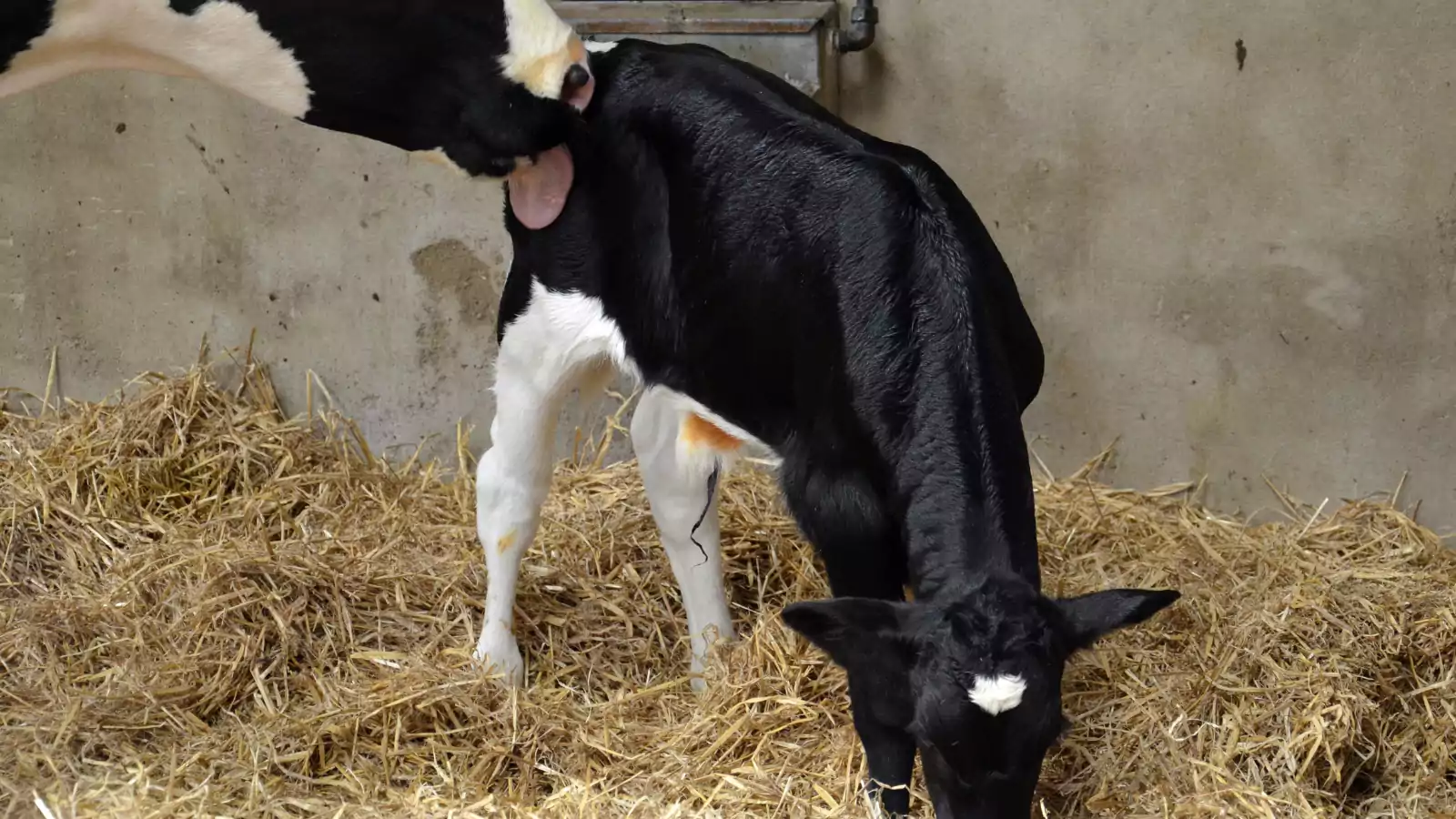
Spring calving has commenced on a lot of farms across Ireland & the UK with many farmers set for sleepless nights ahead! To help ensure you have all the equipment that may be required throughout calving season we have created our own Herdwatch Calving Checklist & our Top Calving Preparation Tips.
If you haven’t already done so, all calving facilities should be thoroughly cleaned and disinfected before the start of a new calving season. If using a concentrate disinfectant, read the instructions carefully and ensure you comply with the recommendations for concentration. This is important as if the mix is too weak then you will not adequately kill pathogens in the environment. As calves are born with naive immune systems, good environmental hygiene is important. You can also use hydrated lime or bedding sanitiser once floors are dry.
Most farmers use straw as the bedding of choice if calving indoors. Aim to bale or acquire low dust straw if you can, as high dust can irritate the eyes and respiratory systems of newborn calves. If bedding with straw, the bed should be at minimum 15cm in depth and kept dry at all times with good drainage underneath. This gives a labouring cow enough grip and comfort during calving.
Note- Dusty straw is often associated with high moisture at time of bailing.
PRO TIP – to check if beds are wet underneath, kneel down, and if your knees are wet, then the bedding is not adequate or fresh enough. This is critical for calf health as 80% of a calf’s day is spend lying down. Calving down a calf on a clean dry bed reduces the risk of infection transfer.
There are other bedding options available for calving pens or pads. Wood shavings, bark chips, peat, sand and sawdust are commonly used on calving pads, where multiple cows are calved together. Calving pads require space and access to the above bedding types, so costs can be taken into account if deciding to change from traditional straw bed system.
An option gaining popularity currently is to use rubber mats or calving pen mattresses. These are easy to clean after each calving. However, research in Aarus University in Denmark has found that cows may prefer sand or straw compared to rubber matting underfoot. Nevertheless, whatever calving area you have, ensure it is cleaned and kept ahead of the next calving.
Gates and Pens
![]() If calving a cow, be sure to use adequate handling facilities ensure they are in working order. A headlock and a calving gate is recommended, especially if you have to assist cows calving on your own. Ensure that all pens, if using them, are large enough in size, a minimum of 12ft by 12ft or enough to safety maneuver a calving jack.
If calving a cow, be sure to use adequate handling facilities ensure they are in working order. A headlock and a calving gate is recommended, especially if you have to assist cows calving on your own. Ensure that all pens, if using them, are large enough in size, a minimum of 12ft by 12ft or enough to safety maneuver a calving jack. 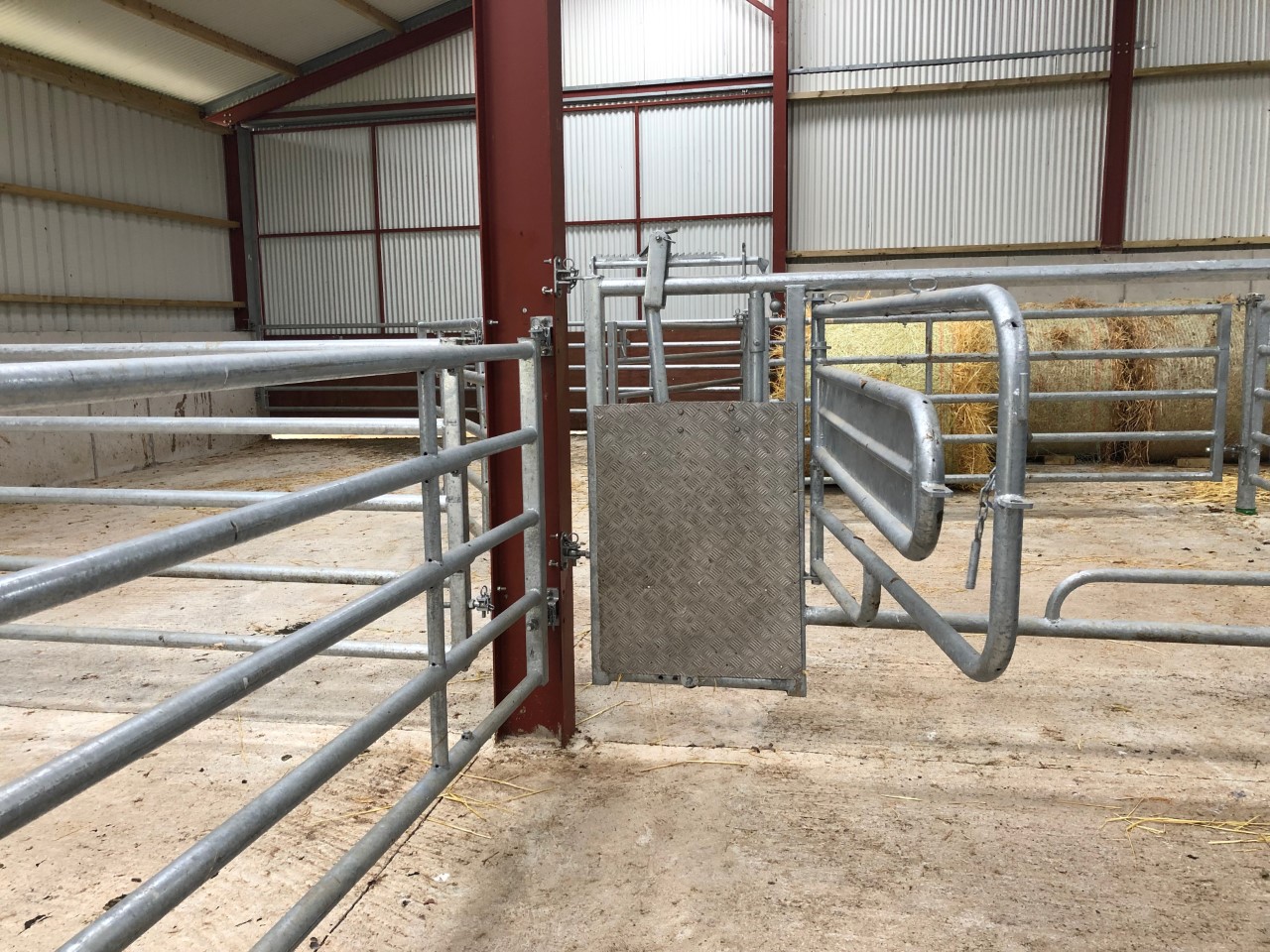
Check all gates are in working order and pens are secure! The last thing you need is escapees when workload is already high!
Heifers and cows can both be unpredictable at calving, in particular dairy heifers and some beef breeds. A cow is said to be at her most dangerous when calving, as her maternal instincts as a prey animal are stimulated. Coupled with this farmers, often working around the clock are tired and less able to react quickly.
Ensure you have an adequate number of calving pens dependent on your calving pattern. Ideally, a cow should be moved to an individual pen in the early stages of labour. This to prevent injury from other cows which can occur if low ranking cows are placed in the same pen as a higher ranking cow (in herd hierarchy).
Lights and Cameras
“You can’t help what you cant see”
Good light is key, ensure all bulbs are in working order, if you have an option to install new lights consider LED lighting. The clearer you can see the better able you will be to assess the stage of labour. A rechargeable LED headlamp is also a must have, especially if your current lighting isn’t ideal and can make a real difference. Just make sure you remember to charge it regularly! .png) If you don’t already have one consider investing in in a calving camera system – nowadays they are reasonably inexpensive and are a safe alternative to entering the pen with a cow to monitor the stage of labour.
If you don’t already have one consider investing in in a calving camera system – nowadays they are reasonably inexpensive and are a safe alternative to entering the pen with a cow to monitor the stage of labour.
✔️Lubricant and paper towels
✔️Liquid Soap
✔️Calving ropes coloured for left and right if possible (minimum of two pairs)
✔️Calving jack
✔️Disinfectant for equipment
✔️Metabolics- calcium bottles or boluses for incidences of milk fever
✔️Easily accessible clean water
✔️Colostrum (fresh or frozen supply from a johne’s free supply)
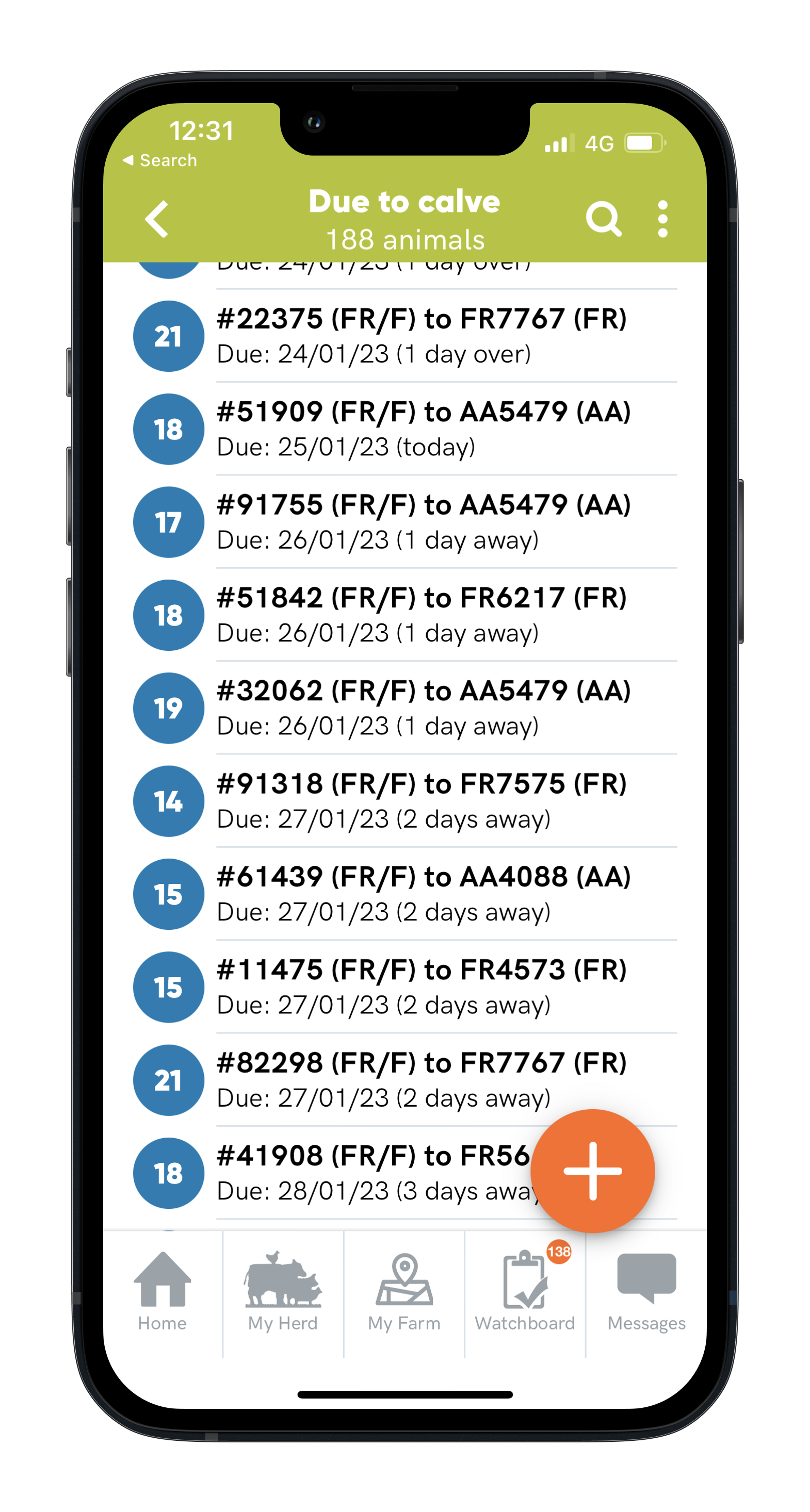
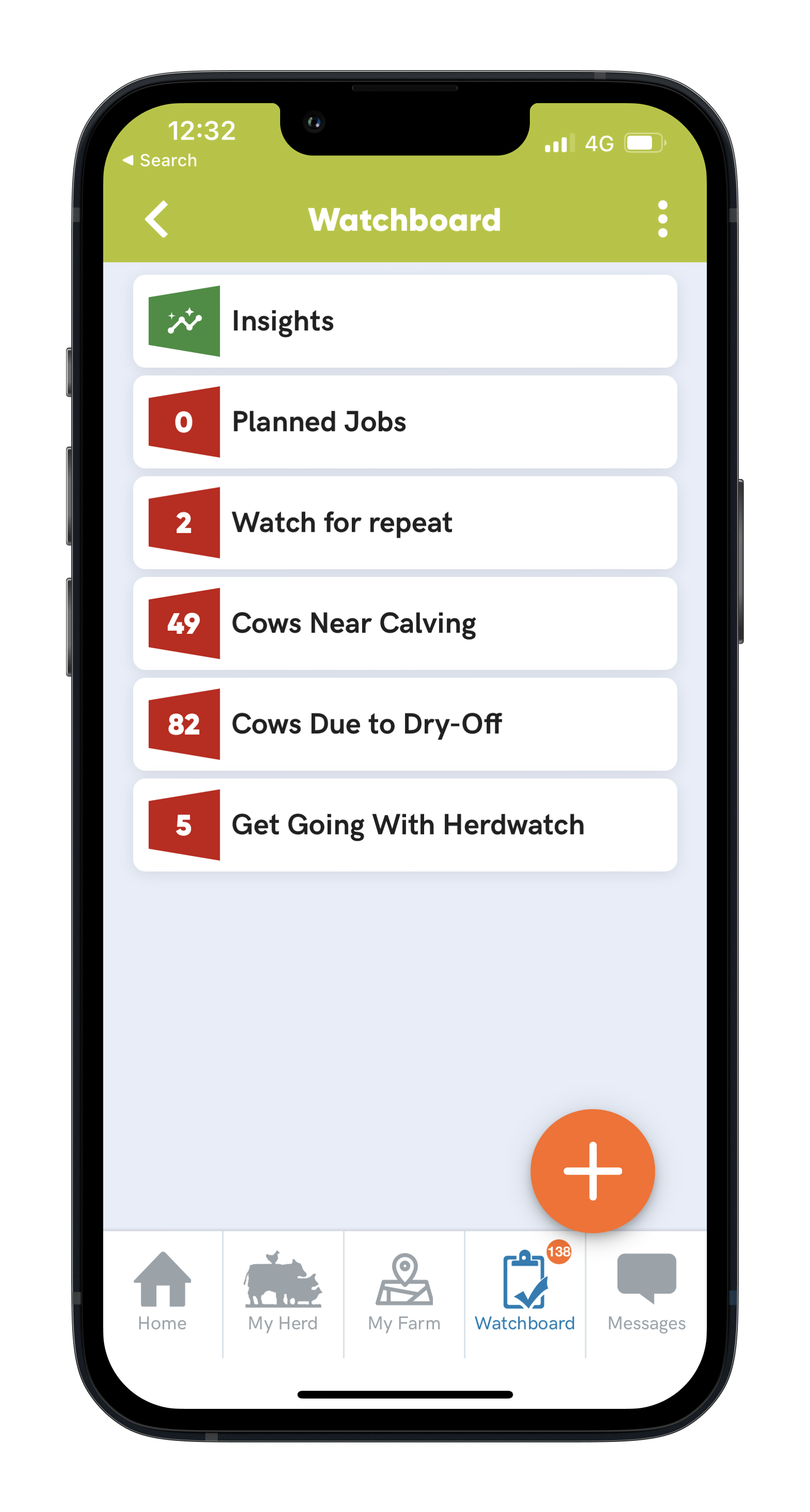
✔️On the spot registration
✔️Never register an overage calf
✔️Batch register groups
Make calving season easier this Spring and join over 18,000 farmers using Herdwatch to save hours on farm paperwork. You can download the FREE app today by clicking the button below.
